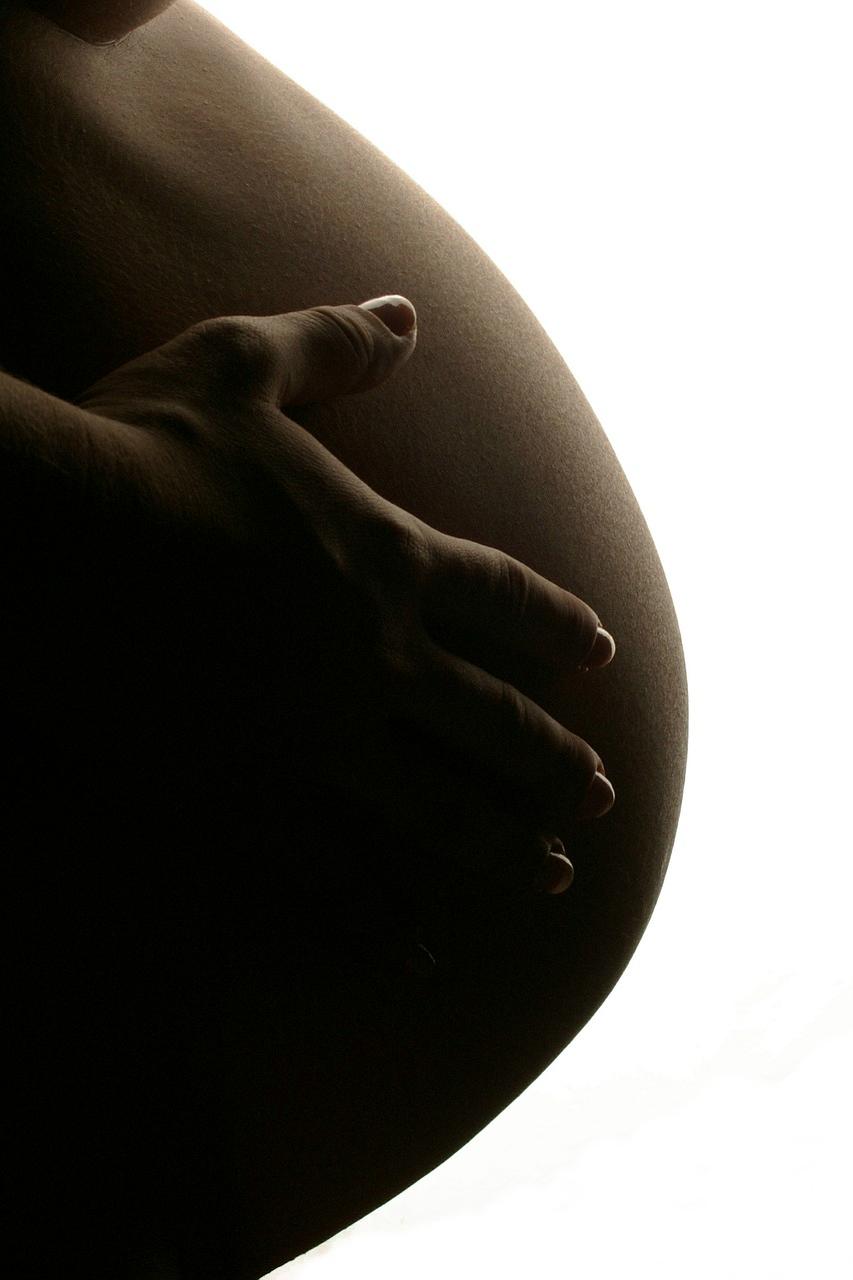When it comes to the childbirth process, the timing of labor induction plays a crucial role in the well-being of both the mother and the baby. The question of when is the earliest one can induce labor has sparked discussions among expectant parents and healthcare providers alike. In this article, we delve into the various factors that influence the timing of labor induction, the risks associated with early induction, medical techniques for inducing labor early, natural methods to encourage labor at an earlier stage, and the importance of informed decision-making on this topic.
Factors Influencing the Earliest Induction of Labor
There are several factors that influence the decision of when to induce labor. One of the primary considerations is the health and development of the baby. Babies born prematurely may face health challenges both at birth and in the long term. It is recommended to wait until at least 39 weeks of pregnancy before considering labor induction, as this allows the baby to fully develop and reduce the risk of complications.
Risks Associated with Early Labor Induction
Inducing labor too early can pose risks to both the mother and the baby. Premature babies are more likely to experience health issues such as respiratory problems, feeding difficulties, and developmental delays. Additionally, early induction may increase the likelihood of cesarean delivery, which comes with its own set of risks and recovery challenges.
Medical Techniques for Inducing Labor Early
Medical professionals have several techniques at their disposal to induce labor early if necessary. These methods may include the use of medications such as Pitocin to stimulate contractions, membrane sweeping to help kickstart labor, or artificial rupture of membranes to encourage the onset of labor.
Natural Methods to Encourage Labor at an Earlier Stage
For those looking for more natural ways to encourage labor to start earlier, methods such as acupuncture, acupressure, nipple stimulation, and certain exercises like walking or squatting can be considered. While these methods may not have the same immediate effects as medical interventions, they are non-invasive and can help prepare the body for labor.
Discussing the Safety and Efficacy of Early Labor Induction
The safety and efficacy of early labor induction depend on various factors, including the specific circumstances of the pregnancy and the readiness of the baby. It is essential for expectant parents to have open and honest discussions with their healthcare providers to weigh the benefits and risks of early induction and make informed decisions that prioritize the well-being of both the mother and the baby.
Conclusion: The Importance of Informed Decision-Making on Early Labor Induction
Understanding the timing and risks associated with labor induction is crucial for expectant parents as they navigate the journey of childbirth. By staying informed, consulting with healthcare professionals, and considering all available options, parents can make decisions that promote the health and safety of both themselves and their newborn. When it comes to the question of what is the earliest you can induce labor, knowledge and informed decision-making are key.

